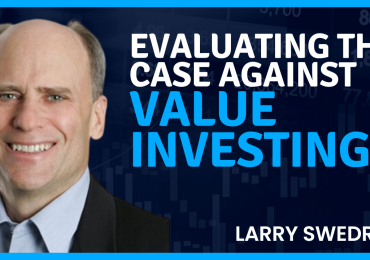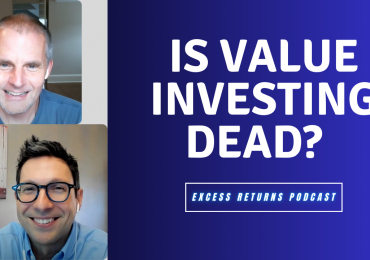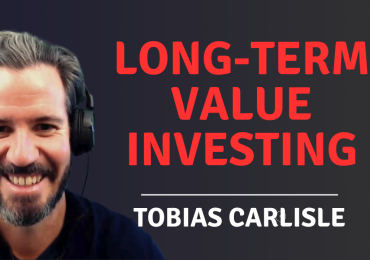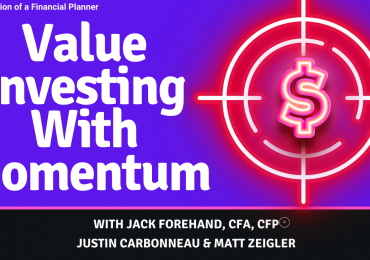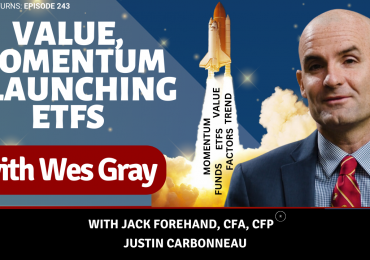While for many value investors, a low price-to-book ratio has long been synonymous with opportunity, a recent article by Bloomberg columnist Nir Kaissar argues that in recent years it has been the worst-performing value measure, due in large part to accounting rules.
“As it turned out,” Kaissar writes, “P/B was the worst performer of the value measures” during the period from 2007 to 2020, when the “cheapest” 30% of stocks lagged the most expensive ones by 6.6 percentage points per year. This represented what Kaissar characterizes as a “truly shocking” reversal from the earlier period, between 1967 and 2006, when the cheapest contingent outpaced the most expensive by 5.1 percentage points a year.
“Given P/B’s leading role in popularizing value investing, its reversal raised doubts not only about its merit relative to other value measures but about value investing itself,” Kaissar writes.
He attributes the degradation of P/B as a value metric in large part to a surge in internally developed assets by tech companies. Specifically, he explains that these companies are relying more on internally developed software and systems resulting from research and development spending. “The problem,” he notes, “is that accounting rules don’t allow them to report internally generated assets on their books, no matter how valuable they might be,” an omission that he argues leads to an understatement of book value and overstatement of P/B so that they “appear more expensive than they truly are.”
According to Kaissar, this explains “why value portfolios that use P/B tend to be light on technology companies and heavy on financials and industrials, a bias that is present but less pronounced in value measures that use earnings, cash flows or dividends.”
Those that want to stick to P/B as a value metric, he notes, can “hedge their bets by adjusting companies’ book value to reflect all assets, not just those recognized by accounting rules.” Since that would be time-consuming, however, he offers a suggestion (from financial economist Lu Zhang) of swapping book value for operating cash flow. The latter, says Zhang, represents a “reasonably good estimate of what P/B would look like if internally developed IP were reflected in book value because operating cash flow captures the value of all assets companies use in their core business, whether or not reflected on their books.”


